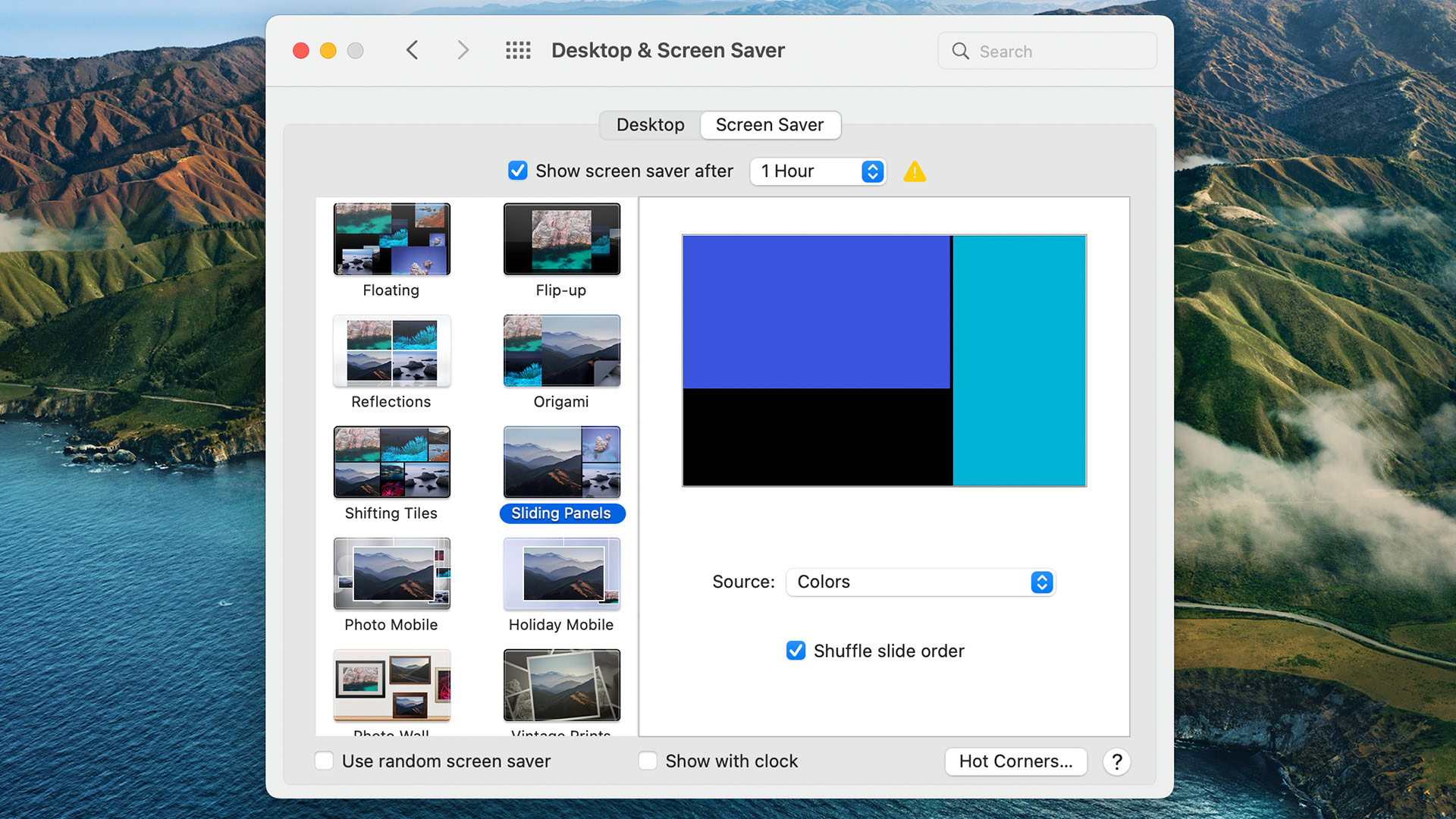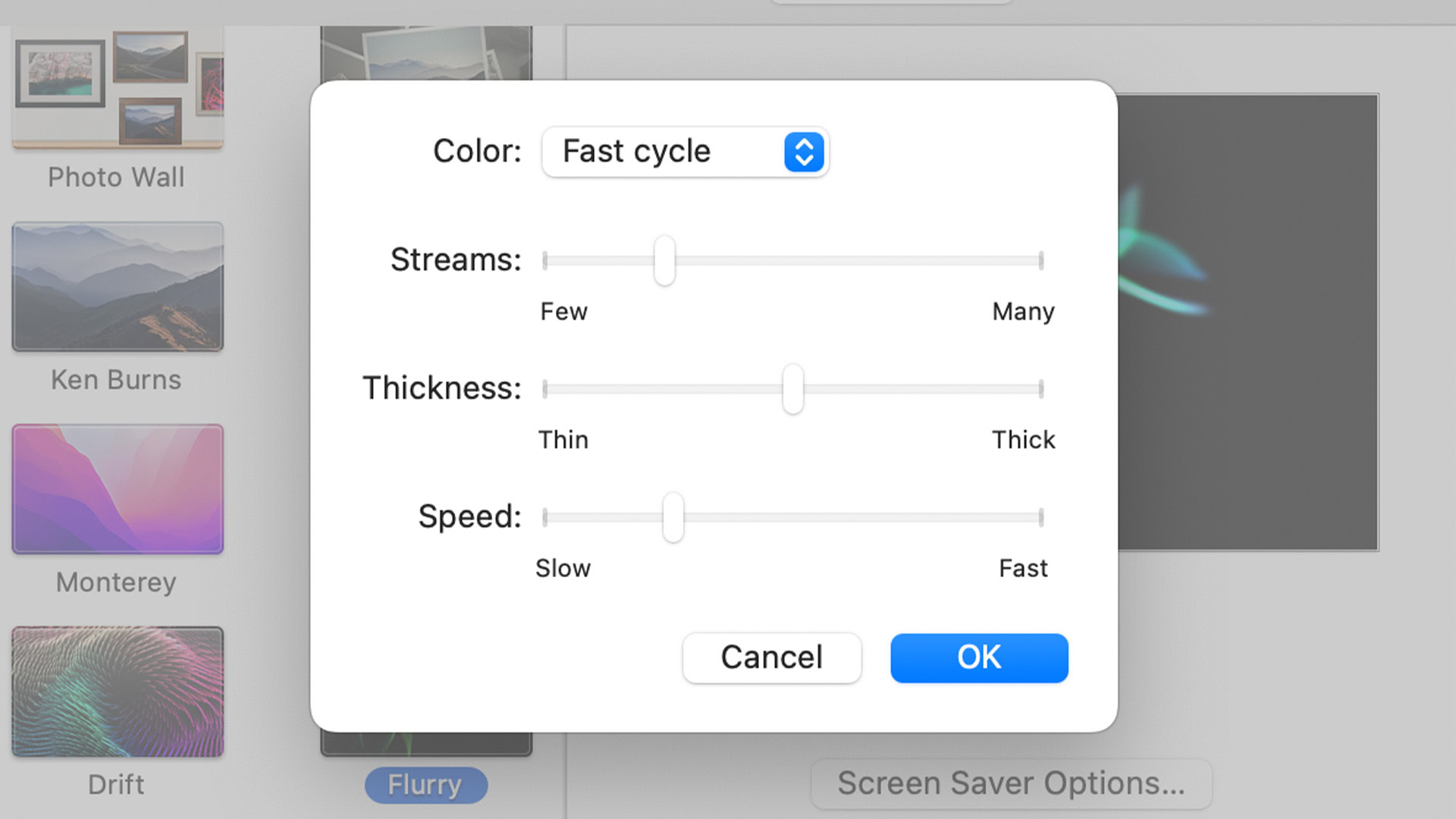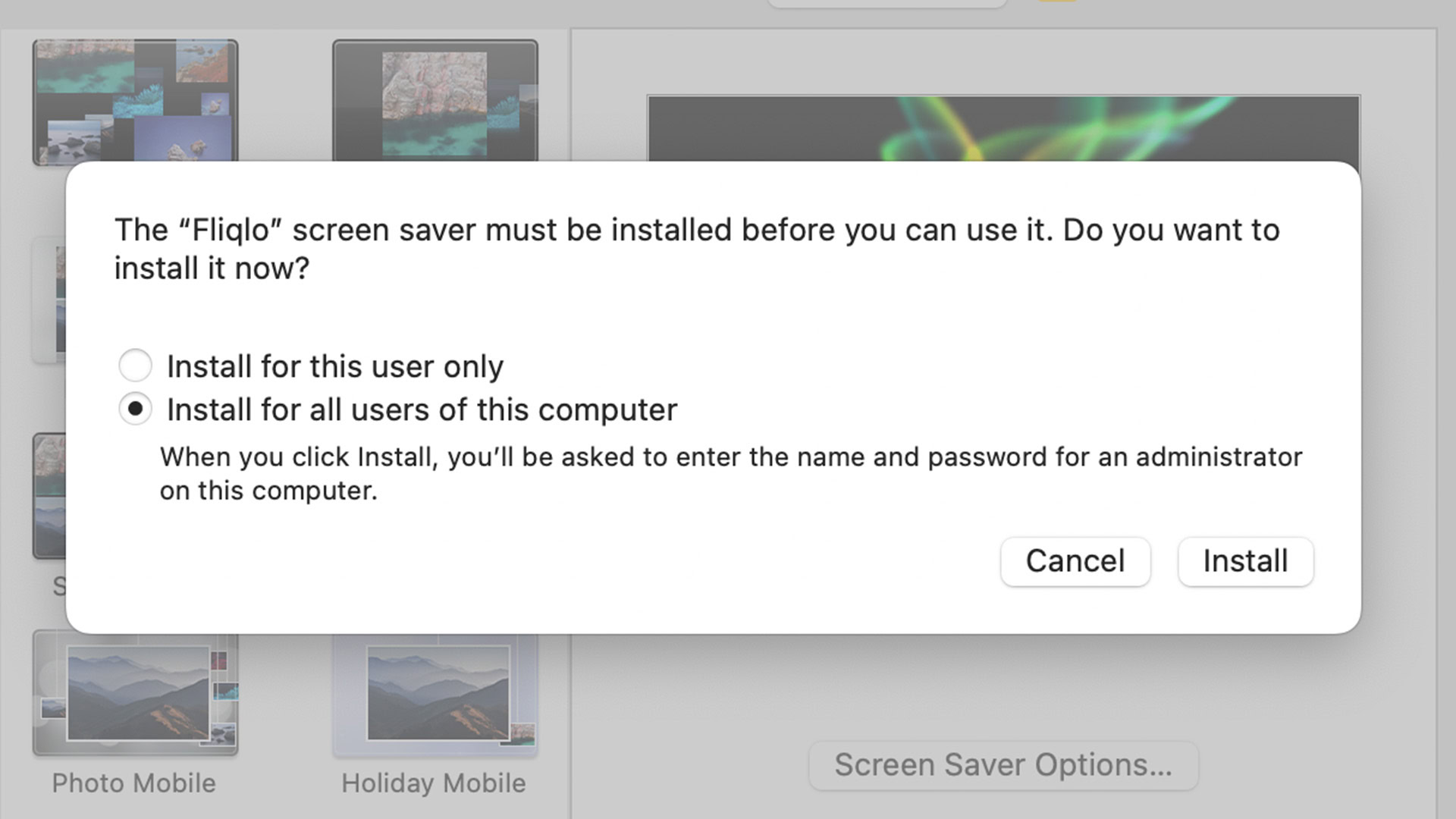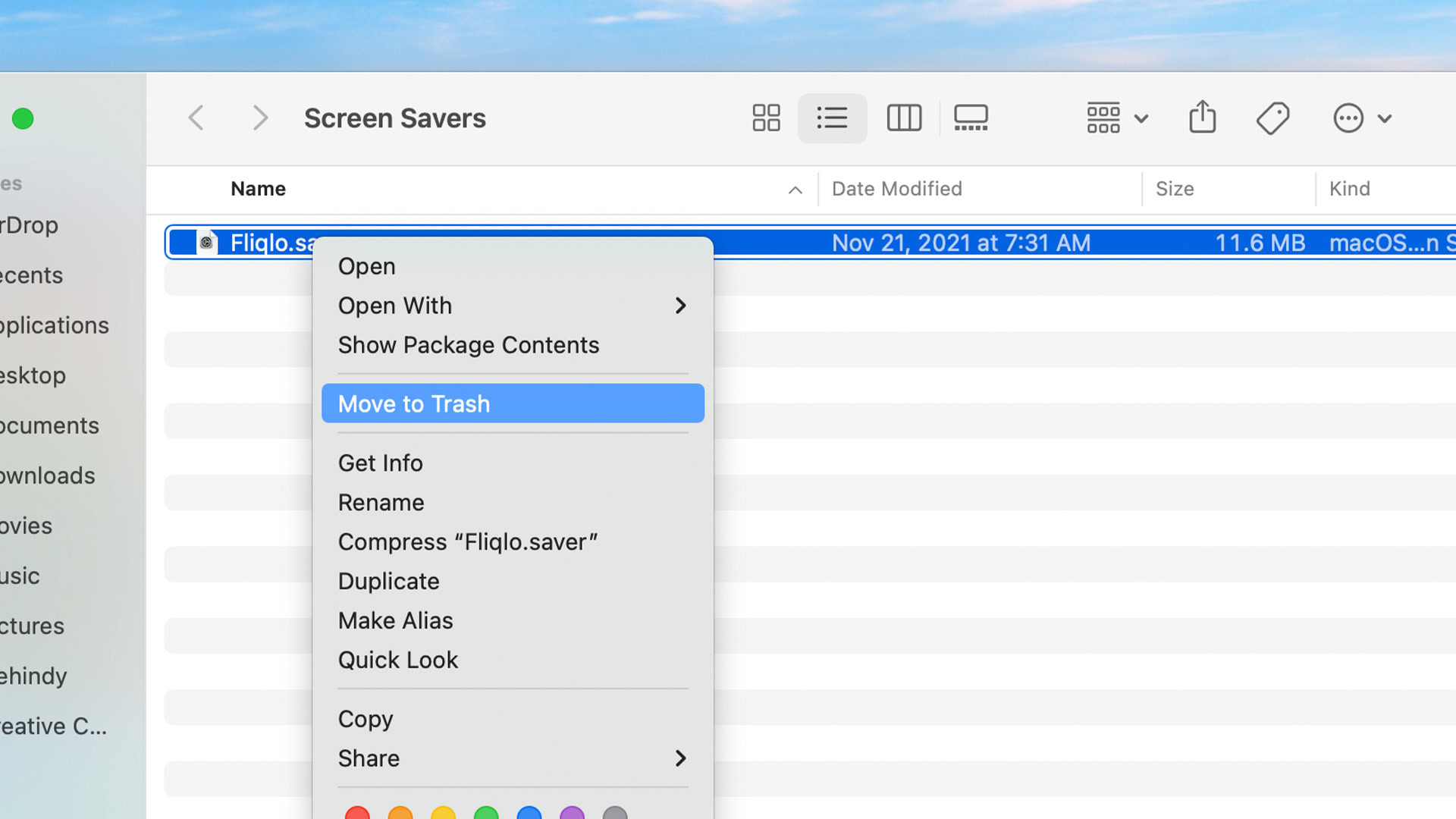Affiliate links on Android Authority may earn us a commission. Learn more.
How to change a screen saver on Mac
Published onOctober 12, 2022
Screen savers are a dying breed, but Apple is doing its best to keep them alive. They can be functional or just there to brighten up the room when you’re not using your computer. Luckily, Apple makes it easy to change the screensaver on Mac. We’ll show you how to do it.
Read more: How to change the wallpaper on any Mac
QUICK ANSWER
To change your screen saver, click the Apple menu, then System Preferences. Select the Desktop & Screen Saver option, and then finally move over to the Screen Saver tab. You can change and manage your screen savers there.
JUMP TO KEY SECTIONS
How to change the screen saver on a Mac

This is a relatively simple process that is almost the same as changing your wallpaper.
- Click the Apple menu.
- Select System Preferences.
- Open Desktop & Screen Saver.
- When the window opens, tap the Screen Saver option to open the screen saver tab.
- All of your installed screen savers are in the left margin, with settings for the selected screen saver available on the right side of the window.
- Simply select the screen saver you want to use. Once selected, macOS changes it right then and there with no additional actions necessary.
How to manage the screen saver on a Mac

There are a few different ways you change things up with your screen saver. Most of these are pretty obvious, but we’ll go through them anyway for the sake of completeness. All of the below actions take place in the Screen Saver tab of the Desktop & Screen Saver window.
- Show screen saver after — Lets you decide how long your computer is idle before the screen saver shows up. On my MacBook, the default was one hour.
- Use random screen saver — Selects a screen saver at random when your Mac goes into screen saver mode.
- Show with clock — Puts a clock on the screen saver somewhere so you can see what time it is. We recommend ticking this off if you use a screen saver with a clock already built-in.
- Screen Saver Options — Some screen savers have additional options. Click it to further adjust individual screen savers. If the button is grayed out or doesn’t show, the screen saver you have selected doesn’t have additional options.
- Source (photo-oriented screen savers only) — If you use screen savers with photos, the Source option lets you choose which folder the screen saver pulls from. This option only shows up on screen savers that use photos.
- Shuffle slide order (photo-oriented screen savers only) — This basic function shuffles the order your MacBook displays photos when it’s in screen saver mode. This option only exists in screen savers that use photographs.
How to get more screen savers
The stock screen savers look nice, but there aren’t a lot of them. Luckily, you can install third-party screen savers to help liven things up a bit. We’ll go through how to install and uninstall screen savers to further customize your Mac.
How to install screen savers

The first thing you have to do is find a screen saver. You can Google Search for them and find them pretty easily. If you want to just try a neat one, give Fliqlo a try. It’s a free flip clock screen saver that looks pretty nice on MacBook screens.
- Download the screen saver you want and make sure it’s in a DMG file.
- Open your Download folder and double-click the DMG file to open it.
- You’ll see a file marked with the saver extension. For example, when we tested this with Fliqlo, it showed up in the DMG file as fliqlo.saver.
- Double-click the saver file to install.
- A dialog box may pop up asking if you want to install for just this user or for all users on the Mac. Pick whichever one you want.
- Eject the DMG from your desktop by right-clicking and selecting Eject.
- After a brief moment, you should be able to select the new screen saver in the Desktop & Screen Saver menu.
How to uninstall screen savers on macOS

The reverse process isn’t terribly difficult. However, it may be subtly different depending on which version of macOS you run.
- Open Desktop & Screen Saver and tab over to the Screen Saver tab.
- Right-click the screen saver you wish to uninstall.
- On my MacBook, I had to right-click, select Show in Folder, delete it, and then empty the trash.
- However, for most, you should be able to right-click on the screen saver you want to delete and simply select Delete.
Up next: How to install and uninstall fonts on any Mac
FAQ
During my testing, I found that sometimes you have to close out the Desktop & Screen Saver window and re-open it to see changes. Sometimes, a reboot is required. This also holds true when you uninstall a screen saver.
For the most part, you can just Google Search what you’re looking for. There are usually multiple options for something like The Matrix and they aren’t terribly difficult to find.